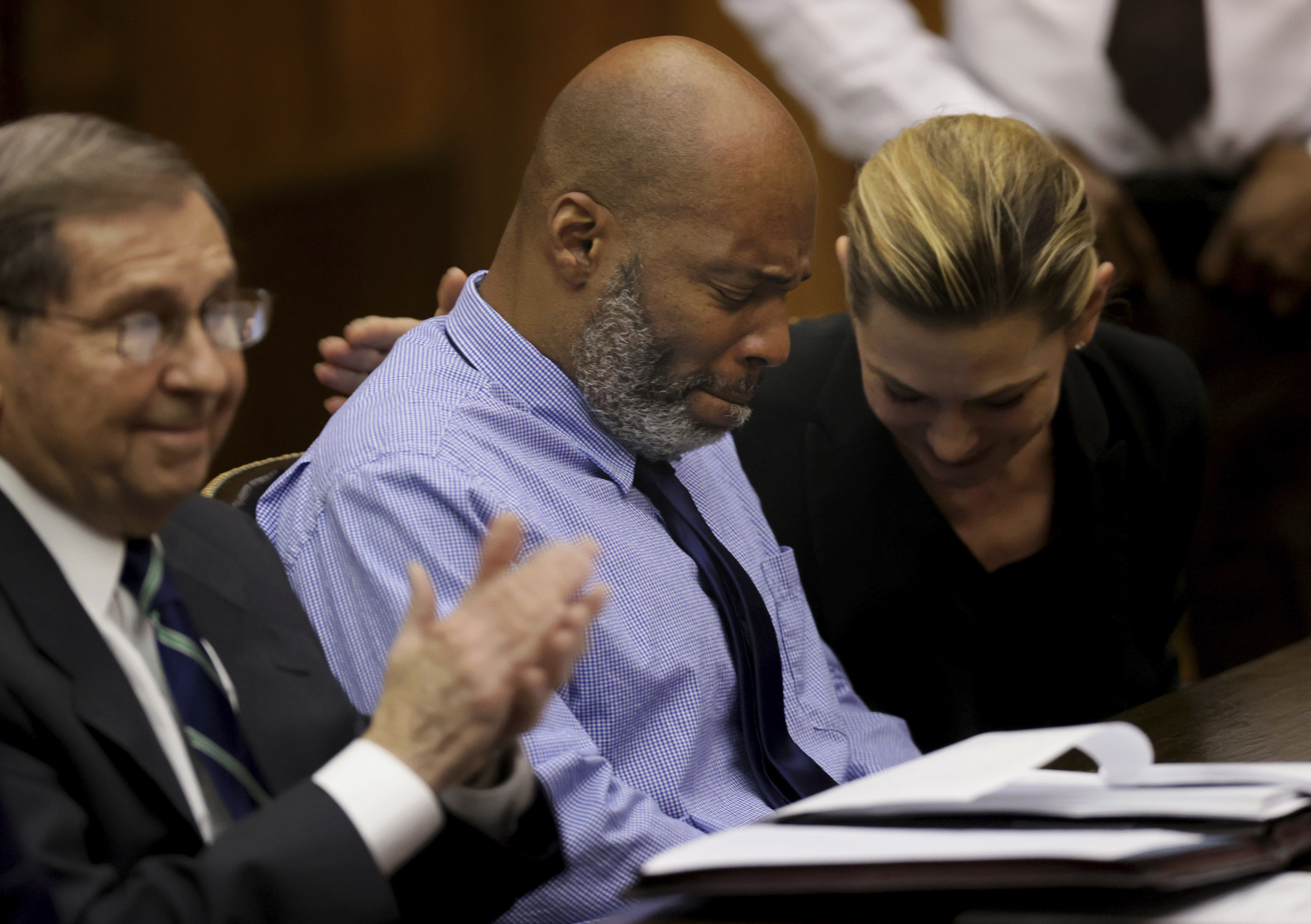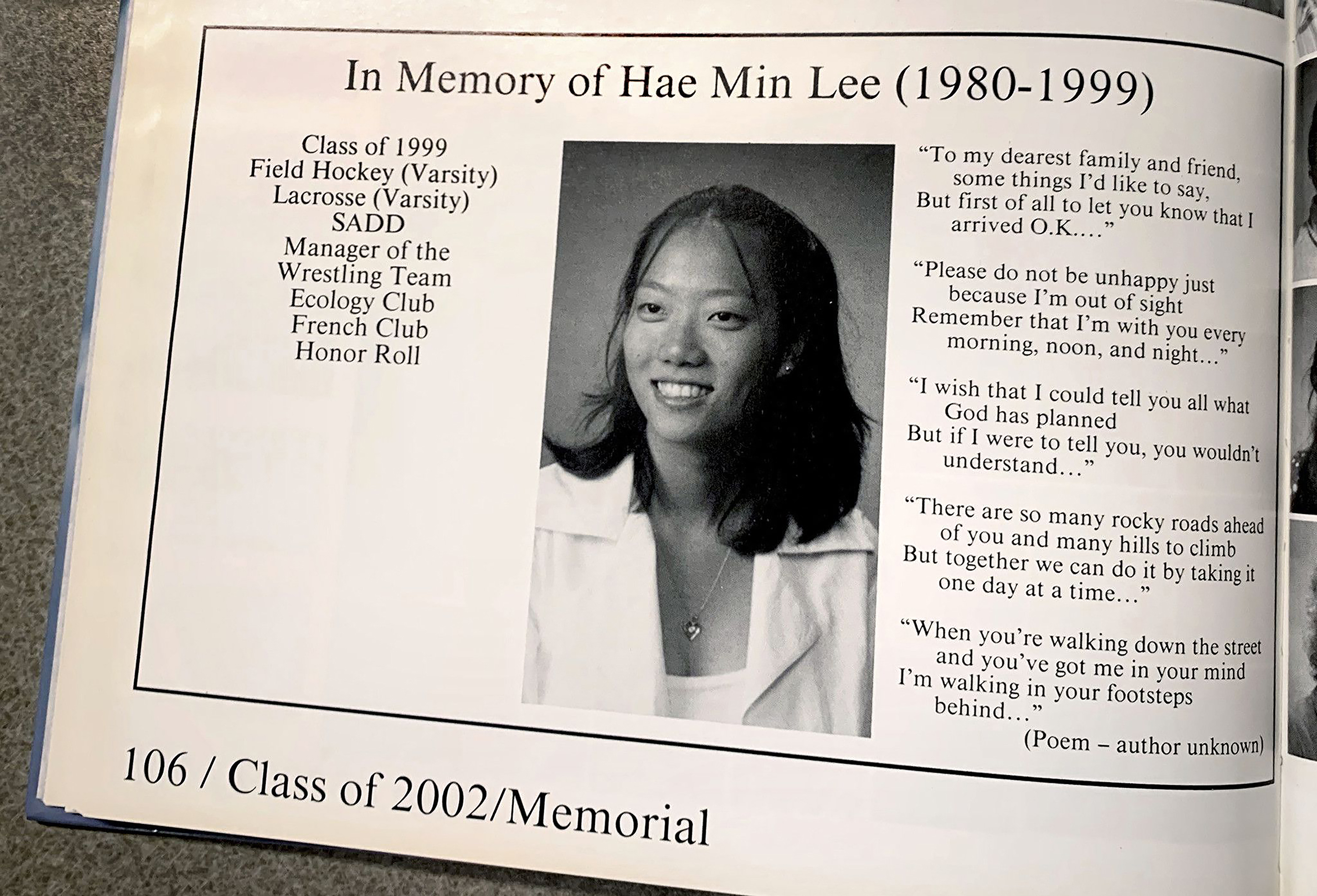DNA evidence proved a Queens man didn’t commit a 30-year-old murder, but it still took one of New York’s highest courts to overturn the conviction of Michael Robinson.
”I am going to sit back and take a deep breath and process it and take it all in. Because it’s been a long fight," Robinson told the I-Team.
The 56-year-old is still absorbing the just-issued decision by New York’s second-highest Court to vacate a judgment convicting him of murder in the second degree, as the court did so "on the law, on the facts, and as a matter of discretion in the interest of justice."
Get Tri-state area news and weather forecasts to your inbox. Sign up for NBC New York newsletters.
"Now, don’t get me wrong. I am very hurt and I am very disappointed for what took place over the past 30 years. But you know, I have one of the most precious things back, and that is my freedom," Robinson said.
The case against Robinson was a classic example of how prosecutors use DNA evidence to their advantage — but some say will dismiss it when it favors the defendant.
"If it’s in the prosecution’s favor, it is ironclad evidence of guilt. But if it’s in favor of the defendant, it’s meaningless," said Harold Ferguson, an appeals attorney with the Legal Aid Society.
In 1993, Robinson, a New York City correction officer at the time, was charged with stabbing to death his estranged wife, Gwendolyn Samuels, and injuring the elderly woman she cared for in a Bayside, Queens home. A defense expert would later reveal that the 88-year-old sole eyewitness, Alveina Marchon, was legally blind.
A parole board released Robinson, who’d served 26 years in prison, in 2019. At the time of his release, he told NBC New York "I didn’t want to die in prison for something I didn’t do."
While in prison, Robinson uncovered a police report through a Freedom of Information (FOIA) request that showed investigators vouchered forensic evidence from the victim. It was only after a higher court intervened that a trial court judge, Stephen Knopf, ordered the Queens District Attorney’s office to try and locate DNA samples.
Prosecutors initially claimed the evidence was damaged or lost while stored in an NYPD warehouse in Superstorm Sandy. That was not true.
"It was actually the Office of the Medical Examiner who are the ones who told us we have evidence," said Ferguson. "It had been there all along."
Robinson’s Legal Aid Society defense team hired a private lab, Cybergenectics — which New York City used to identify World Trade Center victims — to test the DNA. During a lengthy hearing which the I-Team covered, the DA’s office argued against the science, which proved Robinson’s DNA was not found underneath’s the victim’s fingernails.
Still, the trial judge ultimately ruled that fact wouldn’t have changed the verdict.
"He didn’t ignore the science. He accepted that the DNA on the fingernails was not Mr. Robinson. He just adheres to the position that it didn’t make a difference," said Ferguson.
The Appellate Division rejected that argument — a blow to the DA’s office.
"They still dug in. They didn’t want to let go," said Robinson. "Who knows. You know, but I am here now, and I am free and ready to start a new life."
A spokesman would only tell NBC New York, "We are reviewing the court’s decision."
Robinson’s case is due back in court on April 11th. At that time, the DA’s office could announce its decision to retry him or to dismiss the indictment.



